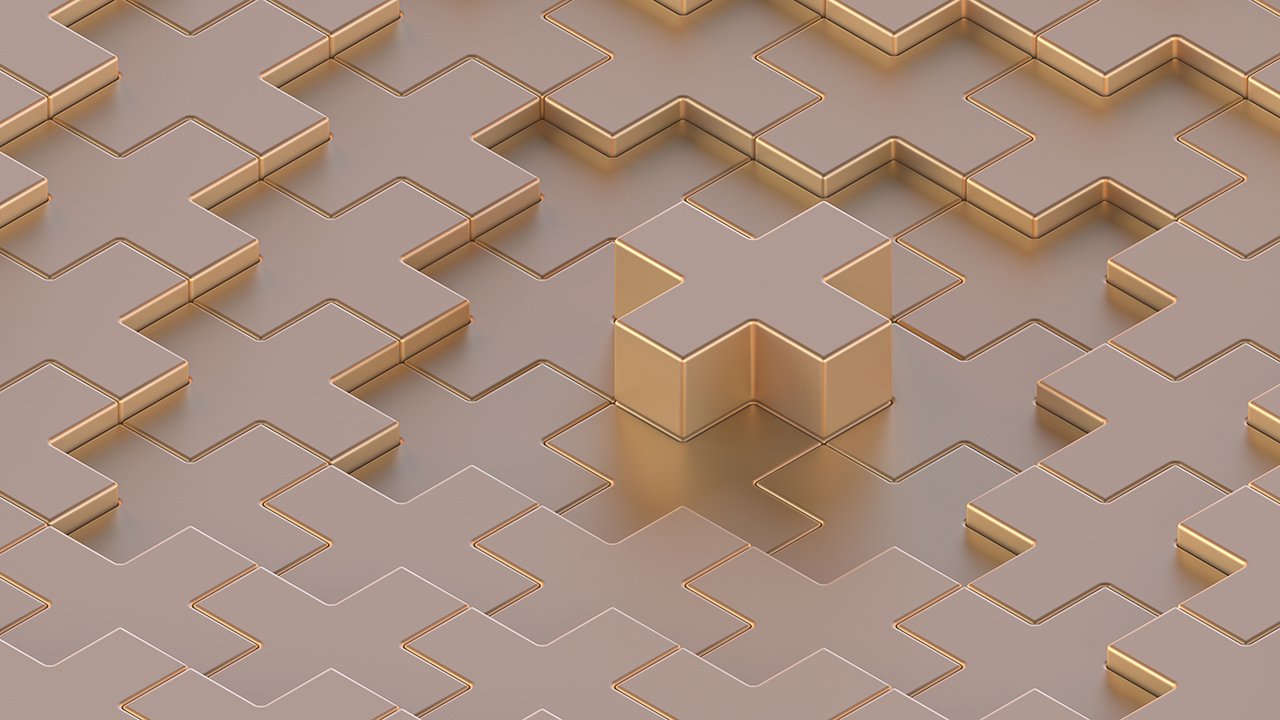
Future
Living With The Pandemic, What The New Normal Means For Architecture And Design
August 10, 2021
Charles Darwin once said,
“It is not the strongest of the species that survives, nor the most intelligent. It is the one that is most adaptable to change.”
When the pandemic hit early last year, adaptability quickly became the determining factor of whether a business survived. With much of the world going into some form of lockdown, companies had to find new sources of revenue to replace the ones they had lost, employees had to start working from home and human interaction was largely replaced with virtual ones. Regardless of when the pandemic ends, it is undeniable that we are facing a new normal. And with it will come a new philosophy of design.
SOHO Reimagined
According to the UCLA Newsroom, the emergence of a new disease has historically been linked with changes in architecture and design. For example, slums were cleared and cities prioritised open spaces when the bubonic plague was at its height; indoor plumbing, wider paths and expansive city parks were created to combat cholera; but perhaps the most interesting example is how sanitariums made to treat tuberculosis, with their white walls, minimal furniture and an abundance of natural light arguably inspired modernist design.
With the COVID-19 pandemic, one of the key changes will come in the realm of the domicile, more specifically, the importance of the home office. After a period of prolonged work from home directives, many companies are realising that this is a viable alternative. Google, Microsoft, Airbnb and Twitter are all considering some sort of arrangement to make this permanent. Thus, in the future, the home office will no longer be thought of as an extra feature but rather a necessity in every home.
With the COVID-19 pandemic, one of the key changes will come in the realm of the domicile, more specifically, the importance of the home office. After a period of prolonged work from home directives, many companies are realising that this is a viable alternative. Google, Microsoft, Airbnb and Twitter are all considering some sort of arrangement to make this permanent. Thus, in the future, the home office will no longer be thought of as an extra feature but rather a necessity in every home.
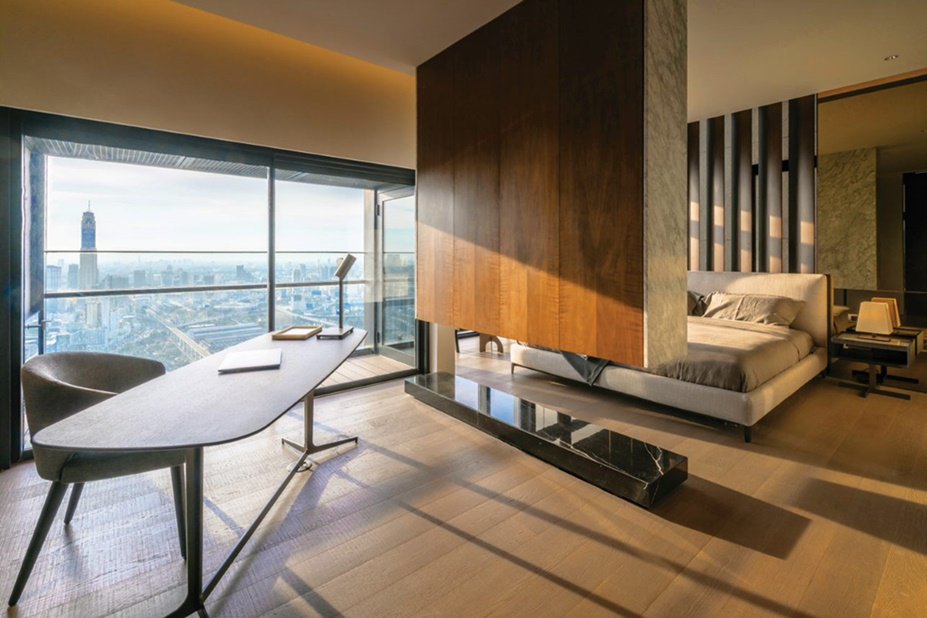
Taking this into consideration, the currently trending open plan layout may be at its end. With more than a single family member having to utilise the home space for their daily activities at any given time, the clear delineation of spaces is something that will inform the architecture and interior design of the future. Another noteworthy consideration is acoustic division. As Zoom calls and Teams meetings become the preferred method of collaboration, a cacophony of overlapping voices is both uncomfortable and unacceptable.
Bringing Work Home? or Bringing Home to Work?
Even in the traditional office, layouts will have to accommodate changes in working habits. With a flexible working arrangement, a reduction of personal space and an increase in hot desk layouts will be imminent.
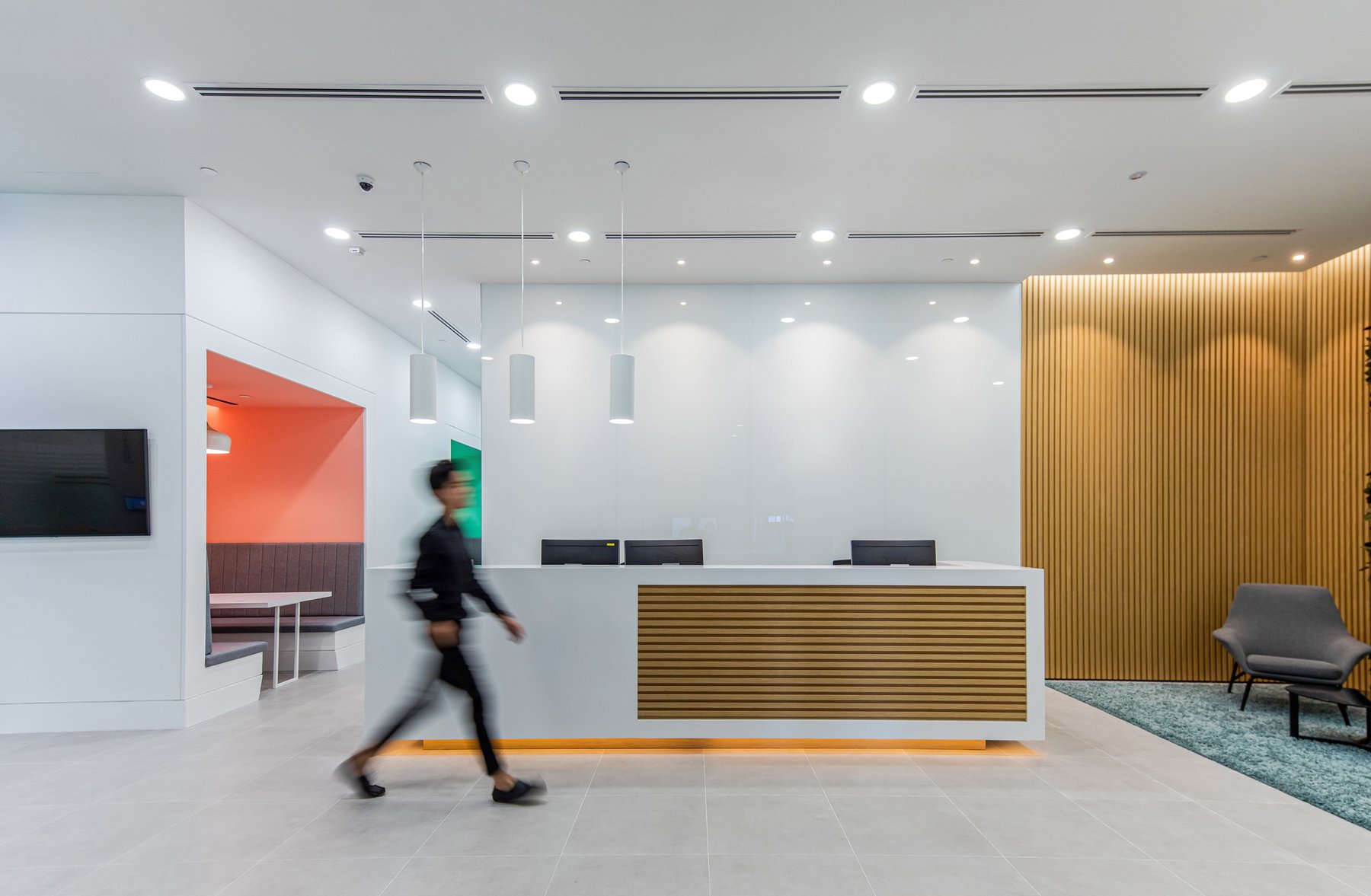
Our very own SCA Design had their first taste of designing for a “new normal” work environment when they revamped the Workplace Interiors for a multinational biotechnology company in Singapore. Privacy, both acoustic and visual, was given greater consideration, with small, isolated working spaces available along with sound-proof pods for video conferencing and voice calls. However, they also stress the importance of interaction as a means of bringing warmth and energy to the workplace. This will probably lead to the proliferation of ‘Third Place’ environments within the office, an informal space dedicated to collaboration, social interaction and relaxed solo work.
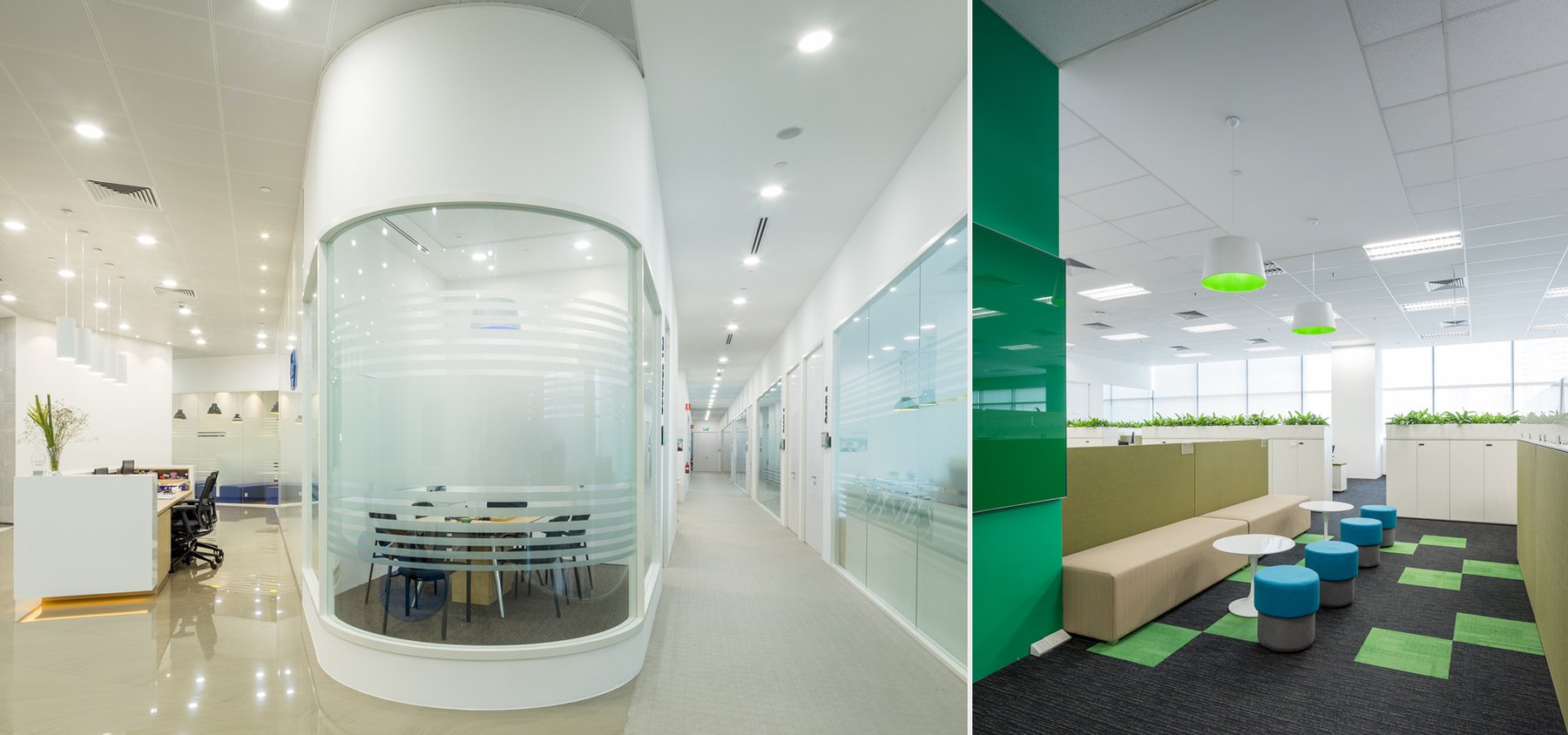
Many employers are prioritising health and well-being. There will likely be more synergy between indoor and outdoor spaces to complement company policies that promote healthy behaviour. We will see seating arrangements for various postures - seated, stool height, lounging, perching, standing - and also the use of greenery within office spaces to improve air quality and offer employees the calming effect of nature.
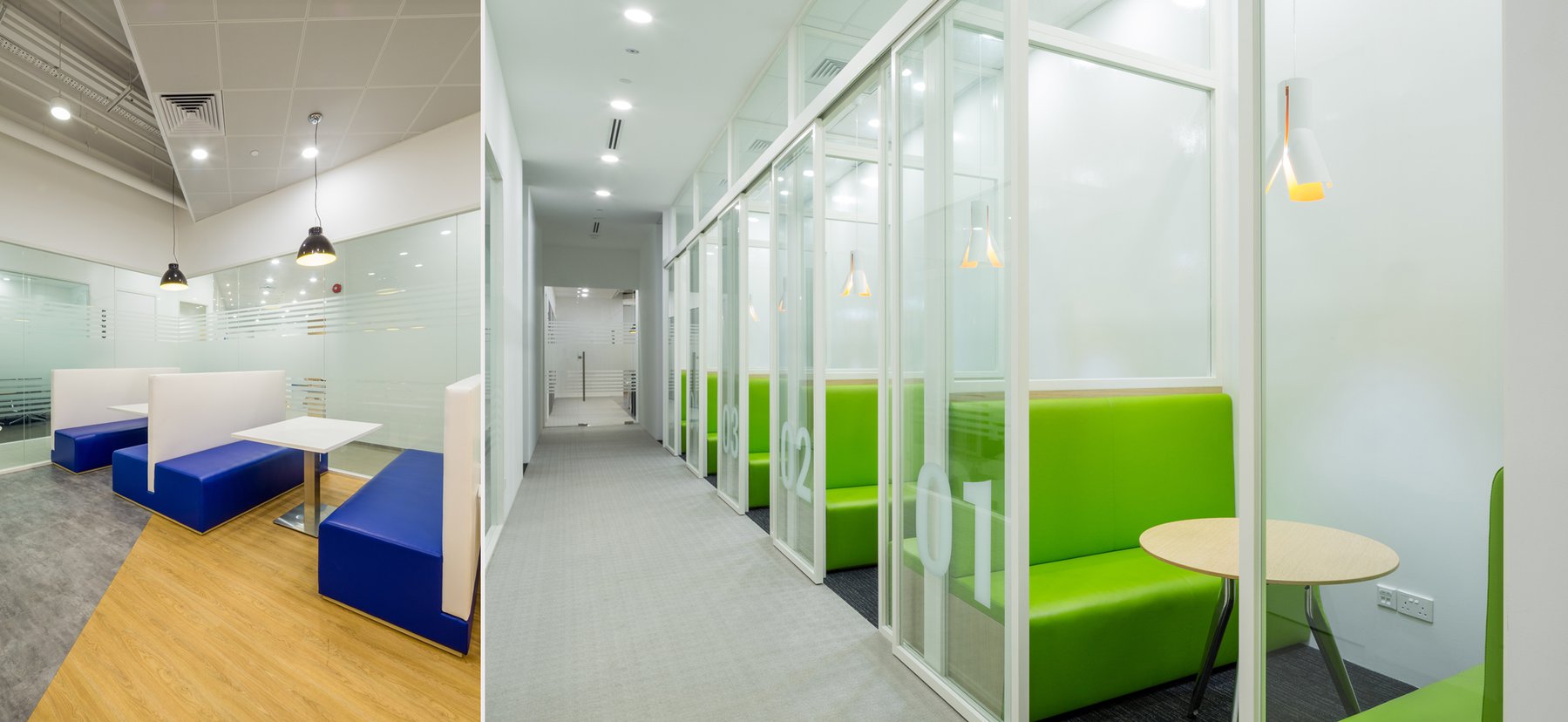
The Future of Buying
If there is a silver lining amidst the chaos of the pandemic, it would undoubtedly be the acceleration in the adoption of technology. Ong Tze Boon, the Chairman of ONG&ONG, says that, “In future, the real world will be an augmentation of the digital world, expanding the diversity of our lived experiences.”
This is especially true in the commercial and retail sector where the consulting firm, McKinsey, reports growth of more than 30 per cent in online customers worldwide when it came to purchasing food and household items. In China, the Alibaba Hema supermarket is a brick-and-mortar store that was developed as an extension of its e-commerce platform. These supermarkets not only serve as a place where traditional customers can shop but also as a distribution hub to fulfil online orders.
For the food and beverage industry, because of the recent increase in takeaway orders made via food delivery apps, many are experimenting with ghost kitchens or dark kitchens. These venues are kitchens with professional-grade equipment built specifically for the preparation of deliveryonly meals. This is a good representation of how digital is augmenting the physical world and not the other way around.
This is especially true in the commercial and retail sector where the consulting firm, McKinsey, reports growth of more than 30 per cent in online customers worldwide when it came to purchasing food and household items. In China, the Alibaba Hema supermarket is a brick-and-mortar store that was developed as an extension of its e-commerce platform. These supermarkets not only serve as a place where traditional customers can shop but also as a distribution hub to fulfil online orders.
For the food and beverage industry, because of the recent increase in takeaway orders made via food delivery apps, many are experimenting with ghost kitchens or dark kitchens. These venues are kitchens with professional-grade equipment built specifically for the preparation of deliveryonly meals. This is a good representation of how digital is augmenting the physical world and not the other way around.
Rest, Relaxation and Wellness
With most countries grounding flights in and out of their borders, the hospitality and tourism industry has been severely impacted by the pandemic. However, industry experts are optimistic that this will rebound to its full potential in a matter of time. In a webinar conducted by Hospitality Design, experts go as far as mentioning that there will be “opportunistic buys on the FF&E (Furniture, Fixtures, and Equipment) side and the labour construction side.”
This will mainly be due to the rethinking of the traditional hospitality space. As with the death of the open-plan layout, hotels may also see a shift back to an emphasis on the privacy afforded by guestrooms. For the immediate future, guests will probably be apprehensive about socialising in communal spaces. Also, with the renewed focus on health and well-being, the design of hotels may change to accommodate in-room workout equipment or outdoor venues for recreation.
Also, technology will be further incorporated into the hotel environment, offering contactless payment and self-check-in options. The challenge, according to Architectural Digest, is to maintain a balance between creating a space that invites guests to relax and enjoy themselves while also putting the necessary health precautions in place. There may also be greater thought given to materials used: non-porous surfaces so bacteria and viruses are kept at bay, or even metals with anti-microbial properties like copper for handles and doorknobs.
After adaptation should come a new period of growth. This is the time where further innovation and creativity become the tools to get ahead of the pack. As Winston Churchill’s famous quote goes, “Never let a good crisis go to waste.” COVID-19 is here, and it is unlikely to go away any time soon. What’s important is putting our best foot forward and moving on.
This will mainly be due to the rethinking of the traditional hospitality space. As with the death of the open-plan layout, hotels may also see a shift back to an emphasis on the privacy afforded by guestrooms. For the immediate future, guests will probably be apprehensive about socialising in communal spaces. Also, with the renewed focus on health and well-being, the design of hotels may change to accommodate in-room workout equipment or outdoor venues for recreation.
Also, technology will be further incorporated into the hotel environment, offering contactless payment and self-check-in options. The challenge, according to Architectural Digest, is to maintain a balance between creating a space that invites guests to relax and enjoy themselves while also putting the necessary health precautions in place. There may also be greater thought given to materials used: non-porous surfaces so bacteria and viruses are kept at bay, or even metals with anti-microbial properties like copper for handles and doorknobs.
After adaptation should come a new period of growth. This is the time where further innovation and creativity become the tools to get ahead of the pack. As Winston Churchill’s famous quote goes, “Never let a good crisis go to waste.” COVID-19 is here, and it is unlikely to go away any time soon. What’s important is putting our best foot forward and moving on.
This article first appeared in the May 2021 issue of 360 News. You can download the digital copy here.